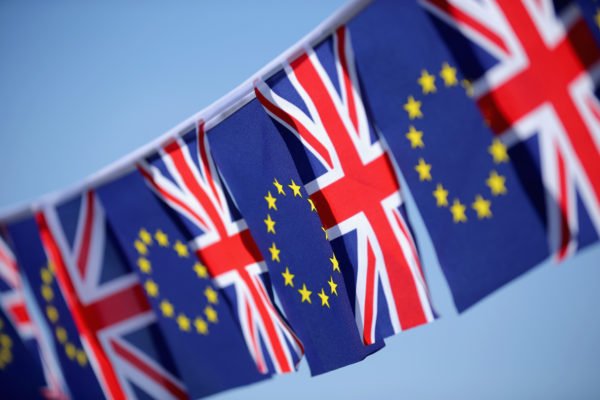The European Union has explained the way Britain can kick start formal negotiations to exit the union following June 23 referendum.
The EU says Britain can trigger Article 50, which sets a two-year deadline for a deal, by making a formal declaration either in a letter or a speech.
British PM David Cameron has said he will step down by October to allow his successor to conduct the talks.
However, EU foreign ministers have urged Britain to start the process soon.
Since June 23 referendum there has been intense speculation about when, and how, the UK might begin formal negotiations.
A spokesman for the European Council, which defines the EU’s political direction and priorities, reiterated on Saturday that triggering Article 50 was a formal act which must be “done by the British government to the European Council”.
“It has to be done in an unequivocal manner with the explicit intent to trigger Article 50,” he said.

“It could either be a letter to the president of the European Council or an official statement at a meeting of the European Council duly noted in the official records of the meeting.”
On June 25, German Chancellor Angela Merkel said the EU had “no need to be particularly nasty in any way” in the negotiations with Britain.
Angela Merkel said that deterring other countries from leaving the EU should not be a priority in the talks.
She added that she was not in favor of pushing for a speedy withdrawal.
“It shouldn’t take forever, that’s right, but I would not fight for a short timeframe,” Angela Merkel said.
She was speaking after several EU foreign ministers, including Germany’s, had urged Britain to quickly implement its exit.
German Foreign Minister Frank-Walter Steinmeier said: “This process should get under way as soon as possible so that we are not left in limbo but rather can concentrate on the future of Europe.”
Dutch Foreign Minister Bert Koenders said the continent could not accept a political vacuum, saying “this will not be business as usual”.
The first summit of EU leaders with no British representation will be held on June 29, a day after David Cameron holds talks with members.
Global stock markets and the pound fell heavily on the news of Brexit, while credit rating agency Moody’s cut the UK’s outlook to “negative”.
Brexit steps:
- UK votes Leave.
- Within 2 years from referendum the UK notifies the EU invoking Article 50 of the Treaty on European Union, then the remaining 27 EU states meet to discuss withdrawal.
- Negotiations will begin between the UK and the EU ending with a draft deal put to the European Council. At the end of two years negotiations can be extended further but only if all 27 countries agree. The draft deal needs approval from at least 20 countries with 65% population. Then the deal should be ratified by the European Parliament.
- If no agreement to extended negotiations then the EU treaties cease to apply to the UK
- The UK leaves the European Union. UK parliament must repeal the 1972 European Communities Act and replace with new agreement.
- If the UK wants back in, it has to apply like any other country.
